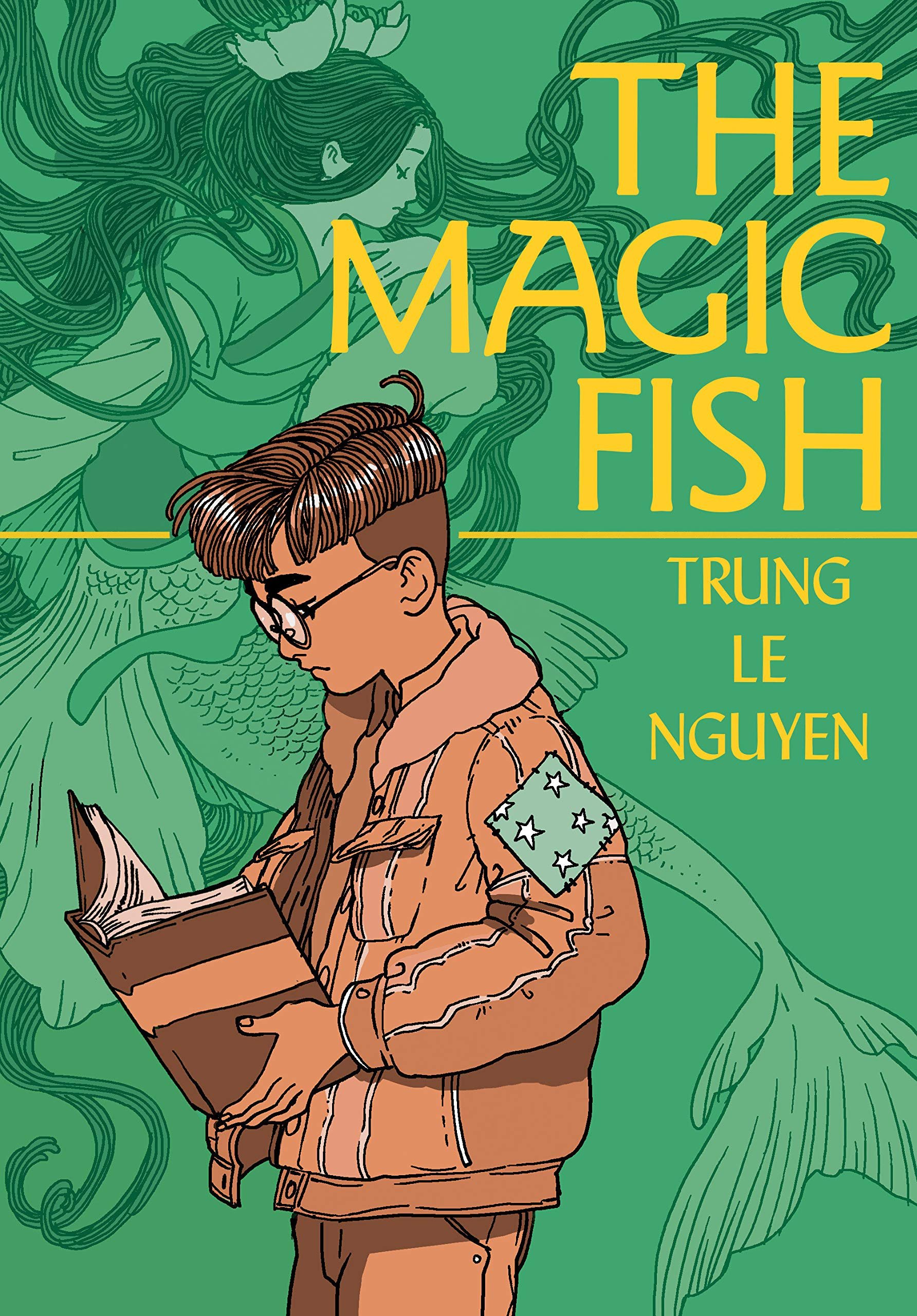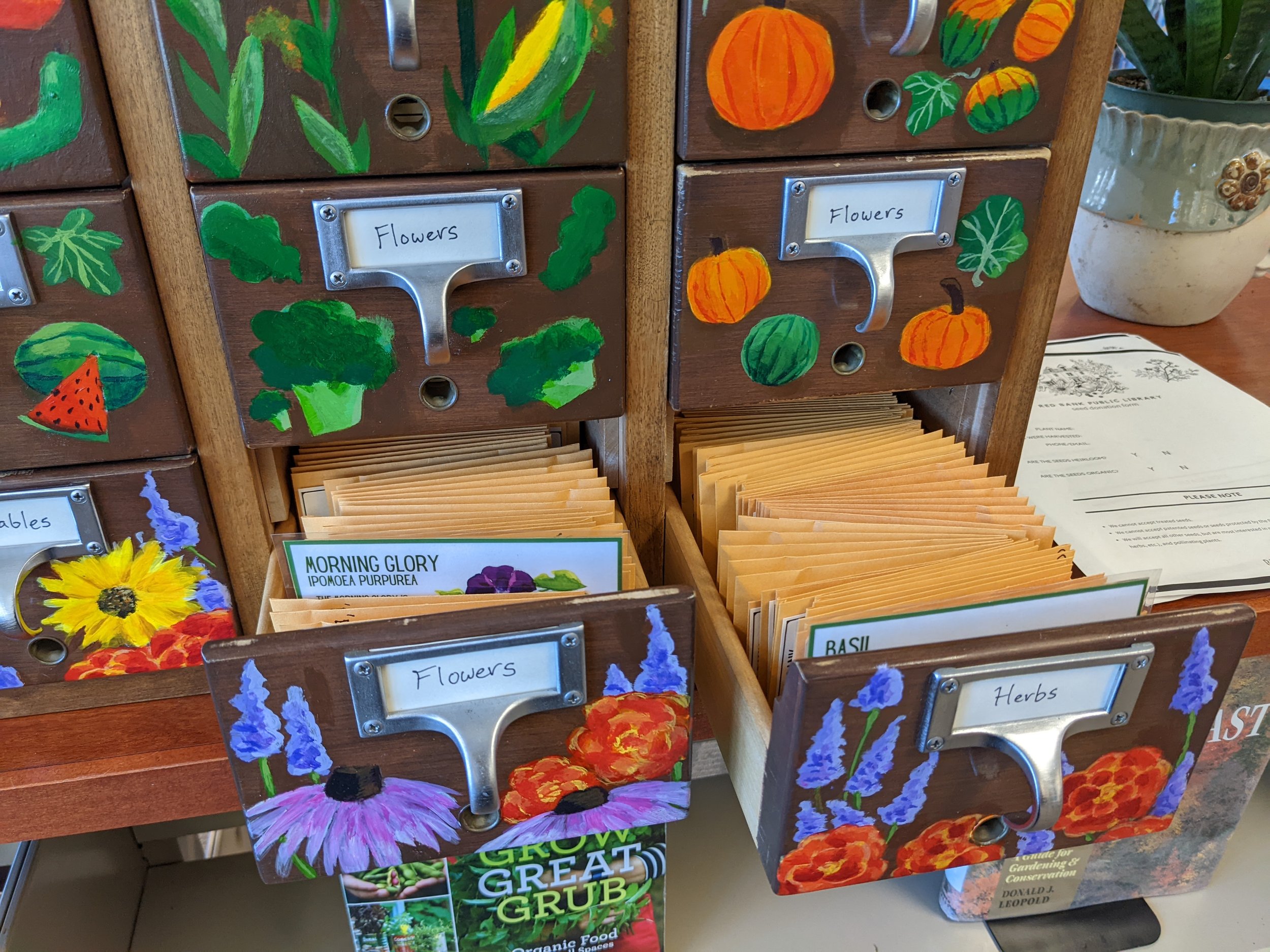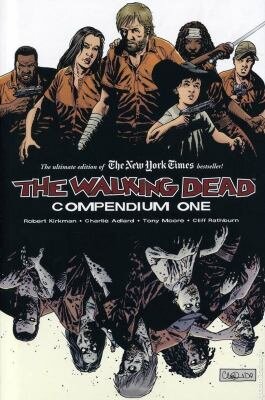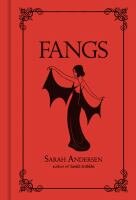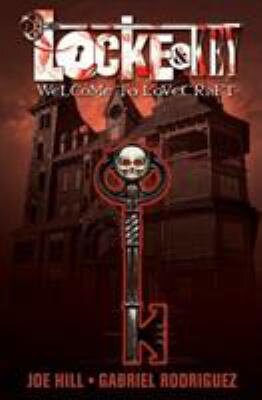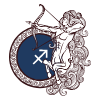The library was not the Red Bank Public Library (we do have Freddie & Me on our shelves, it is excellent, particularly if you are a Queen fan), but I have heard similar sentiments while working here. Some are well-meaning parents who are trying to steer their kids towards "real" books, others are a bit less informed and believe comics are smut.
Regardless of the intention, parents, teachers, and librarians are doing kids and themselves a disservice by writing off comics. Here's why.
1. Comics are a great way to get kids who aren't big readers into reading.
For a kid who is still getting used to reading, regular books can be intimidating. Giant blocks of text can even turn off adults, for kids (especially kids who have video games and screens and TV competing for their attention), it can be a non-starter.
Because comics are a visual and textual medium, they can pull kids in a lot easier than regular books can. Kids get all the fun pictures and images they get in movies and video games, while also working their reading muscle. And it's a shorter jump from comics to "real" books than you think: one of the best comic series ever is Sandman by Neil Gaiman. Kids who enjoy that series will obviously be interested in his other work, which includes "real" books American Gods and The Ocean at the End of the Lane.
I can also speak to this out of personal experience – I got into reading through newspaper funnies. I was particularly obsessed, as a 10-year-old, with Calvin & Hobbes, Garfield, and The Far Side. Now, as an adult, I read across all mediums, but if my parents had taken away my comics because they weren't "real” books, I doubt I would've turned out to be a big reader. Kids – especially kids who are at the age where they can really get into reading – hate being told what to do, and will go out of their way to do something that's forbidden to them (I credit my lifelong love of horror books to the Cincinnati librarian who refused to check out Stephen King's Carrie to me because it was "too adult").
If you really want your kid to be a reader, let them choose what they read. You can at best act as a guide. Shaming them for their choices will only backfire.
2. Comics are particularly great at tackling hard issues.
Because comics have often been overlooked by "respectable" society, they have a long history of dealing with taboo or subversive issues, from race to sexuality to violence. In the 60's and 70's, small press and self-published comics became popular in the countercultural movement. They were called "underground comix," and they dealt with "adult" issues and themes. Many of them were openly pornographic – Robert Crumb's "Fritz the Cat" is probably the most famous example – but this freedom to experiment meant that comics as a whole began to flourish.
One of the artists to come out of the underground comix scene was Art Spiegelman. He honed his craft doing parodies and sometimes even pornographic comics, but his strips for small presses eventually morphed into Maus.
This is what's tricky about comics: it does have roots in what would traditionally be considered "smut." It does have plenty of sexualized or violent imagery. But so do "real" books! Plenty of the YA (Young Adult) books on our shelves have sex scenes in them, but people are quicker to complain about comics than the written word because you'd have to actually read the books to spot the sex in them, whereas with comics, all you need to do is crack the book open to a specific page.
I personally find it telling that people are almost always more offended by sex rather than graphic violence (of which there is plenty in comics), but that's not the real point: because comics are a visual medium, they can provoke more visceral reactions than the written word.
While many view this as a liability, it is actually comics greatest strength: comics can communicate subtleties like facial expressions, posture, of how a person's thoughts and words conflict with their actions far more effectively than books usually can. A picture is worth a thousand words, and in your average comic, there can literally be a thousand pictures.
This is why Marjane Satrapi's Persepolis is such a moving account of growing up in revolutionary Iran. It's why Alison Bechdel's Fun Home is able to present such a complicated picture of growing up as a lesbian in rural Pennsylvania. It's why the late John Lewis turned to the comics medium to tell the story of his years as a civil rights activist in March.
None of these books are "children's" books, but they are a great way of getting kids to engage with tough issues for the first time. It's frankly staggering that what the McMinn County Board of Education thought was most offensive about Maus – which, again, is a book about the Holocaust – was nudity and profanity. Not to burst anyone's bubble, but if kids want to see nudity and profanity, they don't need to go to books or comics to find it. Nudity and profanity make up like, 90% of the internet, and at this point, most kids have access to the internet, and are capable of finding workarounds to any blocking software you put in front of them.
Rather than coddling kids by protecting them from the difficult stuff, you can use comics (or books! Or movies!) as an accessible way of starting to talk to them about the difficult stuff, and teaching them to think for themselves.
3. What's so bad about trash?
Obviously, I reject the idea that all comics are trash, but it is true that some comics are empty-calorie trash (just like some books/TV shows/movies are empty-calorie trash).
The question is: what's so bad about that? Why does everything need to be high art? Can't some things just be fun and dumb? Particularly when it comes to kids, I don't think we're setting them up to be lifelong readers by telling them the stuff they like is stupid or shameful, and that they should only be engaging with media that meets some sort of high artistic bar.
Reading is fun, and for whatever reason, we would rather make it snooty and dour. That attitude will just turn an entire generation off to books in general, and mass illiteracy is far more harmful to society than the occasional nude picture or disturbing image.



